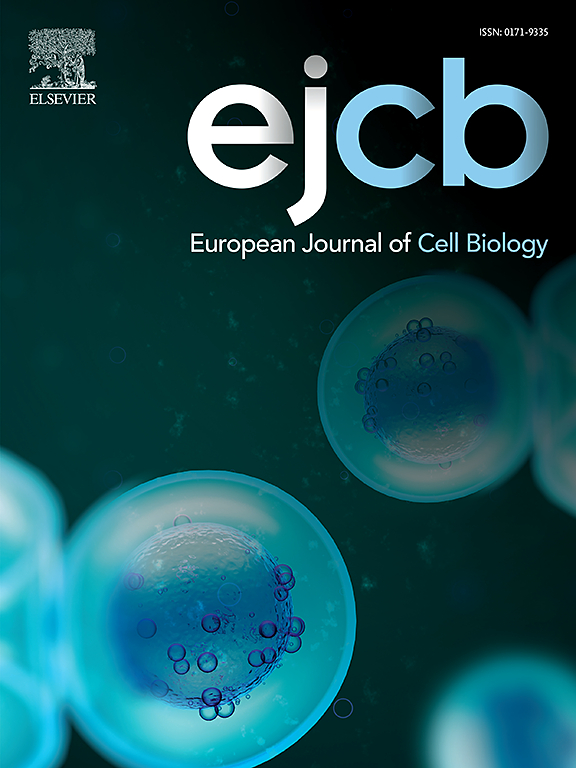Combining prelamin A accumulation and oxidative stress: A strategy to target glioblastoma
IF 4.3
3区 生物学
Q2 CELL BIOLOGY
引用次数: 0
Abstract
Glioblastoma is the most aggressive and prevalent tumor of the Central Nervous System (CNS) with limited treatment options and poor patient outcomes. Standard therapies, including surgery, radiation, and chemotherapy, provide only modest survival benefits, highlighting the need for innovative therapeutic approaches. This study investigates a novel strategy targeting prelamin A processing in glioblastoma cells. By inhibiting the farnesyltransferase enzyme using SCH66336 (Lonafarnib), we promote the accumulation of lamin A precursor (prelamin A) in glioblastoma cells, thereby increasing their susceptibility to oxidative stress induced by Menadione administration, while sparing normal human astrocytes. Notably, the combined SCH66336-Menadione treatment reduced cell proliferation, modified the expression of stemness markers, and decreased viability in patient-derived glioblastoma stem cells, which represent the population responsible for tumor aggressiveness and recurrence. These findings indicate that inhibiting prelamin A processing could be a potential strategy to reduce glioblastoma aggressiveness and enhance therapeutic outcomes, particularly for treatment-resistant glioblastoma stem cell populations. This approach shows potential for integrating prelamin A processing disruption as a complementary strategy in glioblastoma therapy.
结合前层蛋白A积累和氧化应激:一种靶向胶质母细胞瘤的策略
胶质母细胞瘤是中枢神经系统(CNS)最具侵袭性和最普遍的肿瘤,治疗方案有限,患者预后差。包括手术、放疗和化疗在内的标准治疗只能提供适度的生存益处,这凸显了创新治疗方法的必要性。本研究探讨了一种靶向胶质母细胞瘤细胞前纤层蛋白a加工的新策略。通过使用SCH66336 (Lonafarnib)抑制法尼基转移酶,我们促进了胶质母细胞瘤细胞中纤层蛋白A前体(prelamin A)的积累,从而增加了它们对美那酮诱导的氧化应激的易感性,同时保留了正常的人类星形胶质细胞。值得注意的是,sch66336 -美那酮联合治疗减少了细胞增殖,改变了干细胞标志物的表达,降低了患者源性胶质母细胞瘤干细胞的活力,这些干细胞代表了肿瘤侵袭性和复发的人群。这些发现表明,抑制前层蛋白A加工可能是降低胶质母细胞瘤侵袭性和提高治疗效果的潜在策略,特别是对于治疗耐药的胶质母细胞瘤干细胞群体。这种方法显示了整合前纤层蛋白A加工中断作为胶质母细胞瘤治疗的补充策略的潜力。
本文章由计算机程序翻译,如有差异,请以英文原文为准。
求助全文
约1分钟内获得全文
求助全文
来源期刊

European journal of cell biology
生物-细胞生物学
CiteScore
7.30
自引率
1.50%
发文量
80
审稿时长
38 days
期刊介绍:
The European Journal of Cell Biology, a journal of experimental cell investigation, publishes reviews, original articles and short communications on the structure, function and macromolecular organization of cells and cell components. Contributions focusing on cellular dynamics, motility and differentiation, particularly if related to cellular biochemistry, molecular biology, immunology, neurobiology, and developmental biology are encouraged. Manuscripts describing significant technical advances are also welcome. In addition, papers dealing with biomedical issues of general interest to cell biologists will be published. Contributions addressing cell biological problems in prokaryotes and plants are also welcome.
 求助内容:
求助内容: 应助结果提醒方式:
应助结果提醒方式:


